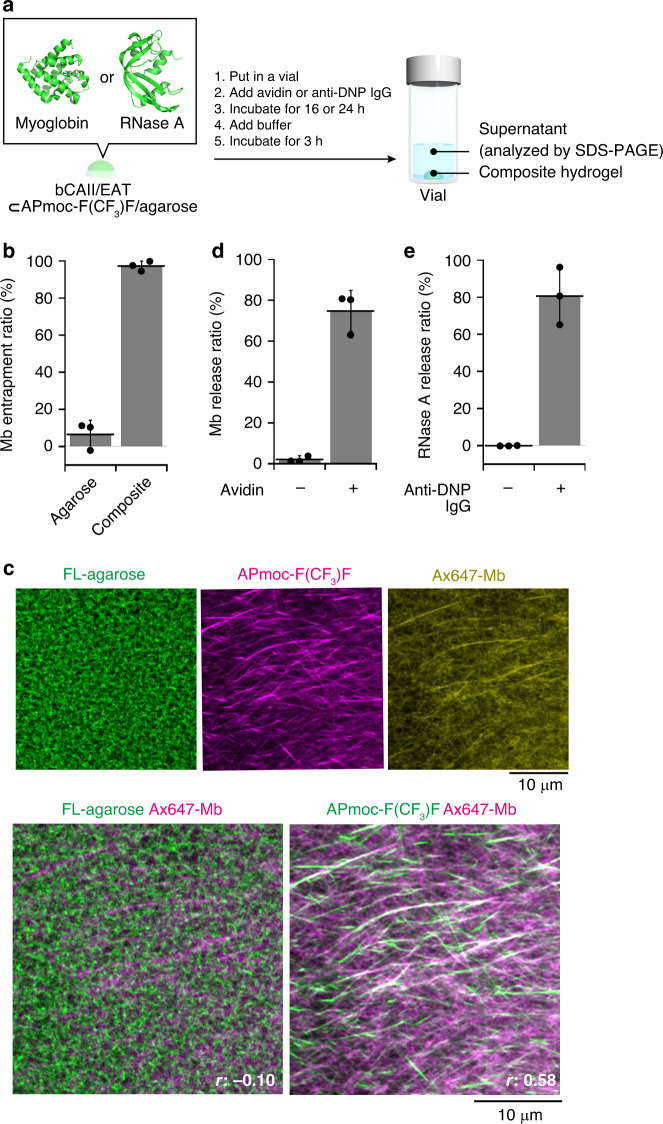Fig. 5. Protein-responsive protein release from the composite hydrogel.
a Schematic illustration of the protocol of protein-responsive protein release from the composite hydrogel. PDB ID: 5ZZE (myoglobin, Mb) and 1AFK (RNase A). b The Mb entrapment ratio of agarose and composite hydrogels (n = 3). APmoc-F(CF3)F hydrogel could not be taken out of the mold. c High-resolution Airyscan CLSM images of the composite hydrogel containing Ax647-Mb (Ax647-Mb⊂APmoc-F(CF3)F/FL-agarose/TMR-Gua). r: Pearson’s correlation coefficient. As shown in Supplementary Fig. 31, Ax647-Mb was trapped more efficiently in the composite hydrogel than the agarose hydrogel. The fibrous morphology of the Alexa Fluor 647 dye could not been observed, implying that interaction between APmoc-F(CF3)F fibers and Mb is crucial (Supplementary Fig. 32). Please see Supplementary Fig. 33 for other control conditions. d Avidin-responsive Mb release and (e) anti-DNP IgG-responsive RNase A release from the composite hydrogel (n = 3). Condition: [APmoc-F(CF3)F] = 0.6 wt%, [agarose] = 0.5 wt% (for b, d and e), [FL-agarose] = 0.5 wt% (for c), [Mb] = 36 µM (for b and d), [Ax647-Mb] = 36 µM (for c), [RNase A] = 0.25 mg/mL (for e), [TMR-Gua] = 10 µM (for c), [bCAII] = 10 µM, [EAT(avidin)] = 20 µM (for d), [avidin] = 20 µM (for d), [EAT(DNP IgG)] = 15 µM (for e), [anti-DNP IgG] = 15 µM (for e), 100 mM HEPES, pH 8.0. The data represent the mean ± standard deviation.

